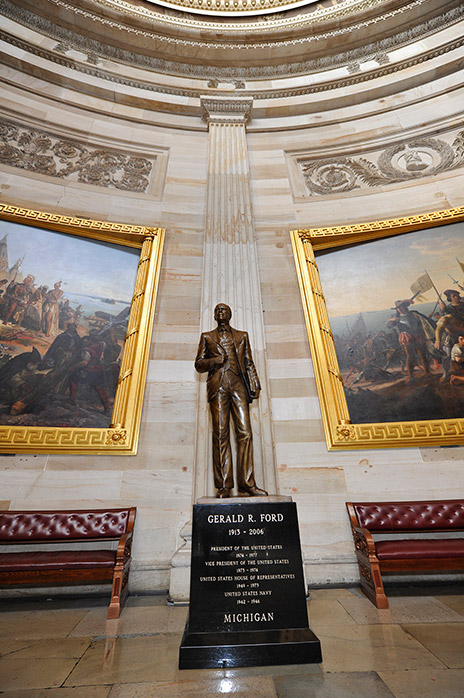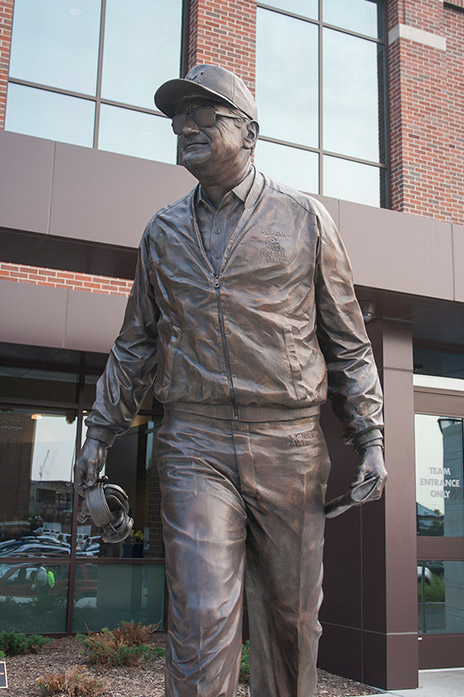Published on March 29, 2016

For Mizzou Professor Brett Grill, art is more than a visual manifestation; it is a way to communicate with others.
“Sculpture is something that followed me,” Grill says. “It started out as something to put food on the table, but it gained momentum and I’ve embraced it.”
Grill was introduced to art through sketching, but his passion led him to other mediums including painting and sculpting. As a teen, he immersed himself in art and used it as an outlet for expression, leading him to pursue art as a career.
“I felt like I needed to embrace my skills,” Grill says. “I knew going to college, it was something I wanted to do.”
Grill attended the University of Michigan where he majored in sculpture and later got his master’s degree in painting. While at Michigan, Grill had an influential art professor who showed him that art could address real-world issues as a reflection of society.
“He completely reshaped how I thought about art, that it wasn’t just some playtime imagination adventure,” Grill says. “It changed me profoundly.”
This paradigm shift led Grill to think of himself as a visual communicator and to seek inspiration from the world around him.

“Art wasn’t something I just did in the classroom,” he says. “Having my eyes open in the world means that I am bombarded with images and those images are full of messages.”
With this perspective, Grill’s artistic career includes sculptures of various famous people including former U.S. Ambassador to Britain John Winant and former University of Michigan Football Coach Bo Schembechler and former University of Kentucky Men’s Basketball Coach Joe B. Hall. Currently, Grill is working on sculpture of former Tennessee Women’s Basketball Coach Pat Summit.
A previous client recommended Grill to make the bronze statue of former President Gerald Ford to be on display in the U.S. Capitol Building. After a rigorous vetting process, Grill was awarded the once-in-a-lifetime opportunity.
“It is an amazing privilege to be surrounded by the artists that are also included in that National Statuary Hall collection,” Grill says.
In preparations for the Ford statue, Grill conducted in-depth research on the former president and conducted interviews with friends and family to help trigger his creative process. Grill recognizes people are complex and takes that into account when seeking inspiration for his sculpture artwork.
“A portrait could never convey completely the aspects of them,” Grill says. “I try to balance these things in the way that I pose a figure, the way that I establish a space.”
Grill enjoys sculpting figures who had troubled lives or who had to overcome challenges because he recognizes that being a hero does not mean ones life is perfect.
In the future, Grill looks forward to designing memorial spaces and doing more work with bronze figures.